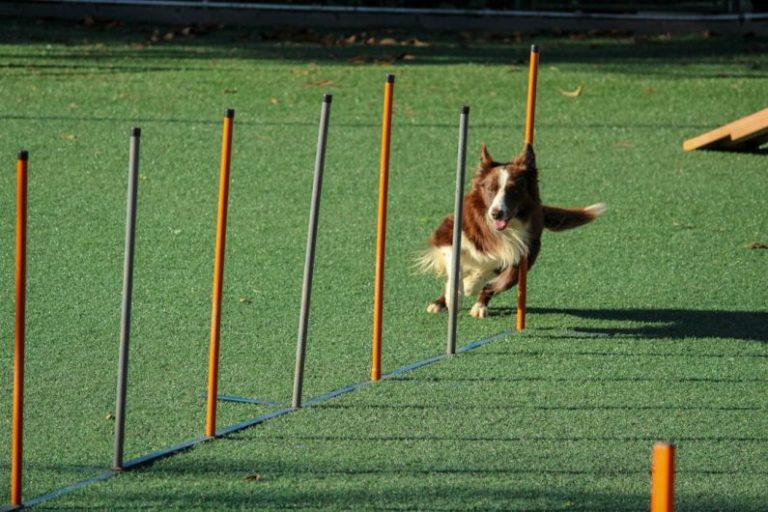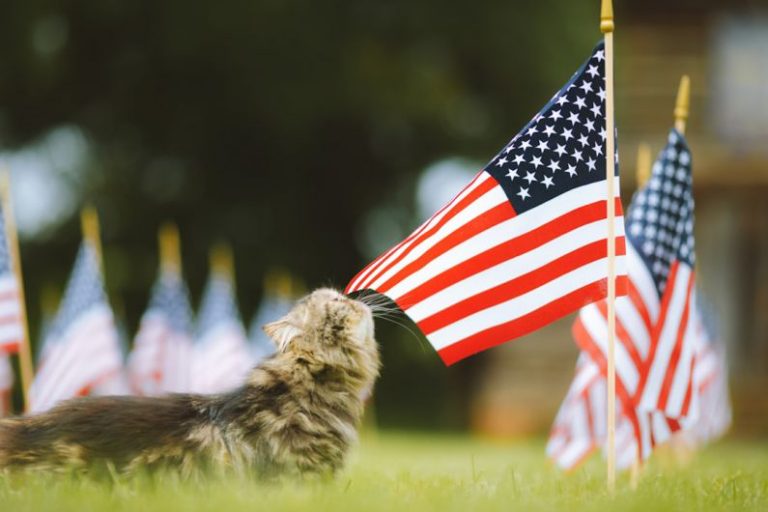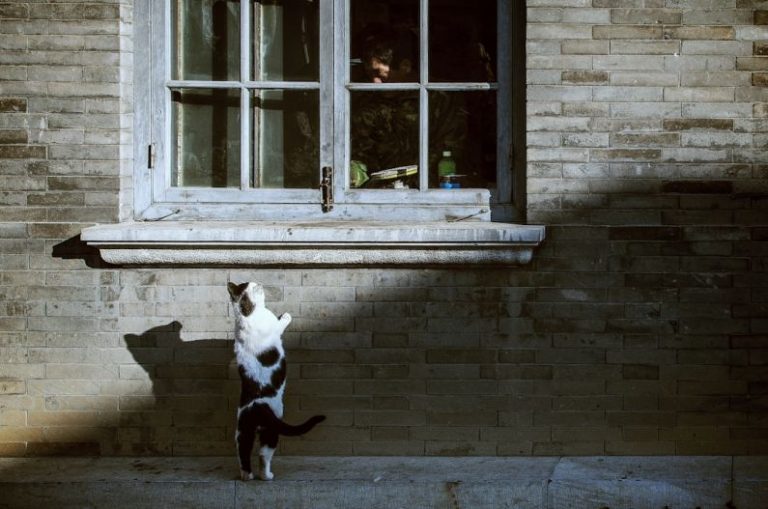How to Introduce New Pets to Each Other
Introducing New Pets to Each Other: A Guide to Successful Coexistence
Bringing a new pet into your home can be an exciting experience, but it can also be a challenging one, especially when you already have other pets. Introducing new pets to each other requires careful planning and consideration to ensure a smooth and harmonious transition for all involved. Whether you are introducing a new cat to your resident dog, a new bird to your existing flock, or any other combination of pets, following these guidelines can help facilitate a positive introduction process.
Understanding Pet Behavior
Before bringing a new pet into your home, it is essential to understand the behavior of both your current pets and the new addition. Different species have unique communication styles, social structures, and territorial instincts that can impact how they interact with one another. For example, dogs are pack animals that thrive on social hierarchy, while cats are more solitary and territorial by nature. Understanding these differences can help you anticipate potential challenges and develop a strategy for introducing the new pet in a way that minimizes stress and conflict.
Gradual Introduction
One of the most crucial steps in introducing new pets is to do so gradually. Sudden introductions can trigger fear, aggression, or territorial behavior, leading to negative associations that can be difficult to overcome. Instead, take the time to allow your pets to become familiar with each other’s scent and presence before attempting any face-to-face interactions. Start by keeping the new pet in a separate room with their own food, water, and litter box, allowing your current pets to investigate and adjust to the new arrival at their own pace.
Scent Exchange
Scent plays a significant role in how animals perceive and communicate with one another. To help familiarize your pets with each other’s scent before a physical introduction, consider swapping bedding, toys, or other items between them. This exchange can help them associate the scent of the new pet with positive experiences, making the eventual meeting less intimidating. Additionally, using synthetic pheromone diffusers or sprays can help create a calming environment and reduce anxiety during the introduction process.
Supervised Interactions
When you feel that your pets are ready for a face-to-face meeting, it is essential to supervise their interactions closely. Keep the initial introductions short and positive, allowing the pets to sniff each other and observe their body language for signs of stress or aggression. If any signs of tension arise, such as growling, hissing, or raised fur, calmly separate the animals and give them time to calm down before trying again. Repeat these supervised interactions regularly, gradually increasing the duration and allowing the pets to interact more freely as they become more comfortable with each other.
Positive Reinforcement
During the introduction process, it is crucial to reward positive behavior and interactions between your pets. Use treats, praise, and playtime to reinforce calm and friendly behavior, helping them associate each other’s presence with positive experiences. Avoid punishing or scolding your pets for displaying fear or aggression, as this can escalate tension and create negative associations. Instead, focus on creating a supportive and encouraging environment that encourages cooperation and mutual respect between all pets involved.
Creating Separate Spaces
Even after your pets have become acquainted, it is essential to provide them with separate spaces where they can retreat and feel safe when needed. Each pet should have access to their own food, water, resting areas, and litter boxes to prevent resource guarding and reduce potential conflicts. Monitoring their interactions and behavior in shared spaces can help you identify any ongoing issues and make adjustments to promote a peaceful coexistence.
Building a Strong Bond
As your pets continue to interact and adjust to each other’s presence, focus on building a strong bond between them through shared activities and positive experiences. Engage in group play sessions, training exercises, or grooming sessions to encourage cooperation and companionship among your pets. Encouraging positive interactions and reinforcing good behavior can help foster a harmonious relationship between your pets over time.
In conclusion, introducing new pets to each other requires patience, understanding, and careful planning to ensure a successful transition. By following these guidelines and taking the time to acclimate your pets gradually, you can help them build positive associations and develop a strong bond that will promote a peaceful and harmonious coexistence in your home. Remember that every pet is unique, and the introduction process may take time, but with dedication and consistency, you can create a happy and harmonious multi-pet household.






